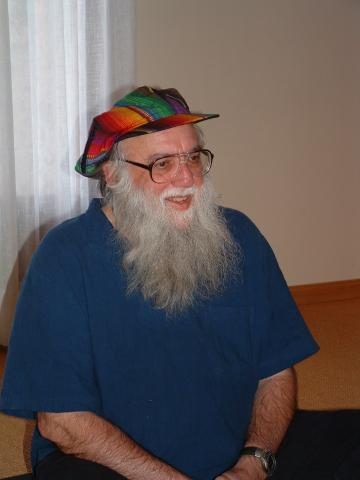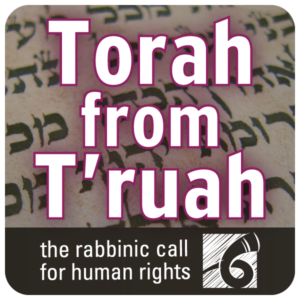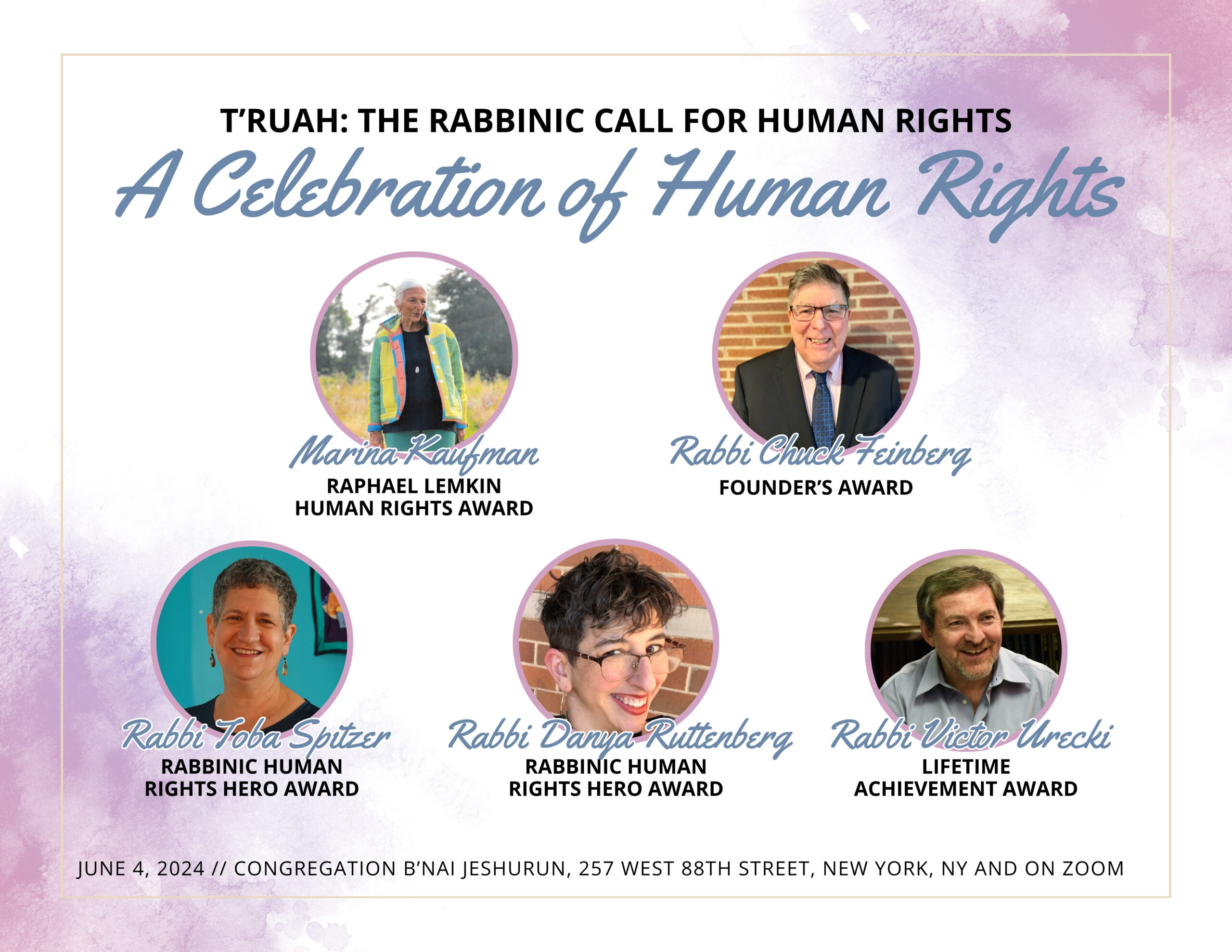Commentary for Shabbat HaChodesh and Shabbat HaGadol
This coming Shabbat is Rosh Chodesh Nissan, which means the clock is ticking for Pesach’s arrival. The following Shabbat, we will read as Haftarah the very last passage of the last of the classical Hebrew Prophets: Chapter 3 of “Malachi.” We name the day “Shabbat Hagadol” – referring to the very last verses:
Here! Before the coming
of the great and awesome day
[yom hagadol v’hanora]
of YHWH/the Breath of Life,
I will send you the Prophet Elijah
to turn the hearts of parents to their children
and the hearts of children to their parents,
lest I come and smite the Earth with utter destruction.
(Malachi 3:23-24)
This passage begs for action to turn the generations to deeply experience each other. In an era when the Earth is indeed tottering on the brink of utter destruction caused by rampant, unrestrained, and wicked action by the Corporate Carbon Pharaohs among us, it seems especially necessary for those who revere the Breath of Life to act.
Yet nowhere does the tradition specify what we should do to “turn” these hearts. Nor is this passage lifted up in Jewish practice to connect with Elijah’s presence in other moments of our lives.
Perhaps that “white fire” of the empty spaces was left there precisely because it is our generation that stands upon that brink. Perhaps the passage is waiting for us.
Indeed, Malachi does not leave this warning of “utter destruction” as mere generality. Earlier, he cries out:
Here! The day is coming
That will flame like a furnace,
Says YHWH/Yahhhh,
The Infinite Breath of Life —
when all the arrogant, all evil-doers,
root and branch,
will like straw be burnt to ashes.
Yet for all who revere My Interbreathing Name,
a sun of justice will arise
with healing in its wings…
(Malachi 3:19-20)
Am I crazy to imagine that these ancient images are of our world in flames from global scorching, climate crisis – and that Malachi is naming the remedies as solar and wind (stirred by the flapping wings) energy?
Whether that perception is Prophetic P‘shat or my own midrash, what might we do with this passage that the Rabbis placed so pregnantly just before Pesach?
There are three major times when our traditional ritual specifically calls in Elijah, and two of them have to do with intergenerational relationship. One is at the brit of naming and covenanting with our newborns, when we set aside a chair for Elijah; and the other during the Pesach seder that is crafted into a dialogue between the generations, when we open the door to welcome Elijah. The third is at Havdalah, when we beg him to bring the “great and awesome day of YHWH” for Messianic transformation, not for utter disaster. As my editor and chaver (friend) Rabbi Lev Meirowitz Nelson points out, looked at another way, these represent the week-cycle, the year-cycle, and the lifecycle, three scales on which we must act.
Sign up to receive Torah from T’ruah in your inbox each week.
We might truly consecrate these moments by acting to avert the day when the Earth becomes a blazing furnace. We might on all these occasions recite one or both passages from Malachi invoking Elijah, and then add this kavanah (intention):
Here! we ourselves are coming
To be God’s messenger Elijah,
Before the great and awesome day
of smiting Earth —
For we ourselves shall turn the hearts
Of parents to their children
And the hearts of children to their parents
So that this day of smiting,
This day when Earth might become a blazing furnace,
Does not fall upon us.It is our task to make from fire
Not an all-consuming blaze
But the light in which we see each other —
Each of us different,
All of us made in One Image, glowing with One Spark.
[And then at the beginning or end of Shabbat or yontif (yom tov) and during the celebration of the brit, we might light a candle of covenant-commitment, saying:]
We light this fire to see more clearly
That the earth, the human race, are not for burning.
We light this fire to see more clearly
The healing rainbow in the many-colored faces of all life.
Given how our youth are rising to this challenge, with high-school students like the “Sunrise Movement” challenging our elected officials to enact a Green New Deal—even organizing a worldwide strike aimed at governmental inaction on the climate crisis—we might add another pair of lifecycle occasions to our list. These are urgent opportunities to turn the hearts of the generations to each other: bat/ bar mitzvah time and at 16, when large parts of the Jewish world celebrate “confirmation” or some similar ceremony of more adult entry into the community.
 Just as important as the ritual, we must explore the meaning at its root. Ten years ago, The Shalom Center commissioned Noam Dolgin, a teacher of Earth-based Judaism with long experience at the Teva Learning Center, to create a 60-page curriculum for teens and their families about the science, the Torah, the policy choices, and the action possibilities in regard to the climate crisis. At that time it was but lightly used. Perhaps the time has come to invoke and enliven our own Jewish wisdom, our own Jewish teens, and their elders and families to join this chorus for the sake of Life.
Just as important as the ritual, we must explore the meaning at its root. Ten years ago, The Shalom Center commissioned Noam Dolgin, a teacher of Earth-based Judaism with long experience at the Teva Learning Center, to create a 60-page curriculum for teens and their families about the science, the Torah, the policy choices, and the action possibilities in regard to the climate crisis. At that time it was but lightly used. Perhaps the time has come to invoke and enliven our own Jewish wisdom, our own Jewish teens, and their elders and families to join this chorus for the sake of Life.
Rabbi Arthur Waskow founded (1983) and directs The Shalom Center. The 60-page pamphlet Elijah’s Covenant between the Generations is available by sending a check for $19.95 for a single copy or $165 for 10 copies (a saving of $35) to The Shalom Center, 6711 Lincoln Dr., Philadelphia, PA. For a Webinar on this and related Pesach questions, click to https://tinyurl.com/ss4sereg


